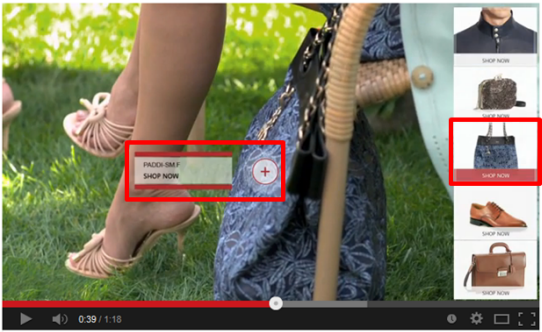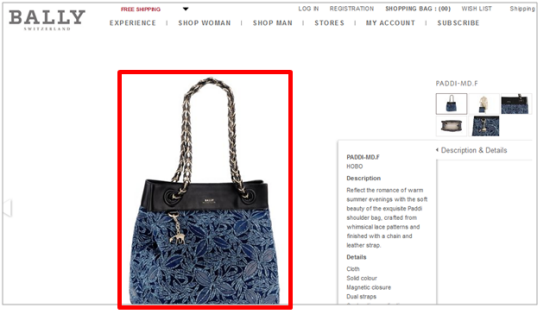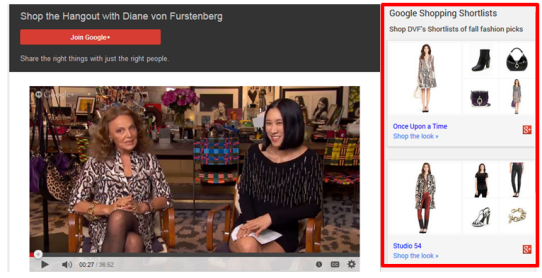Social Commerce – Combining Social Media and Shopping!
December 18, 2013In our previously released eBook, e-Commerce SEO: Mastering the Art of Online Retail, we briefly discussed an emerging trend called Social Commerce. Social Commerce, also called S-Commerce or S-Ecommerce, can be defined as the trend of social platforms adding e-Commerce features in order to capitalize on an already engaged user base. Social commerce provides consumers with a new approach to shopping through social media.
Leveraging this emerging trend is becoming important, since more consumers are making their purchases through websites that contain these features. One of the top websites that has done a phenomenal job in capitalizing on this new trend is Pinterest. In fact, Pinterest has become one of the most popular revenue generating websites for retail. With a user base of over 70 million, they have an average sale value of $80! That’s tremendous! Facebook user referrals averaged only $40 in spend by comparison.
The bottom line is this: if you are not taking advantage of this new way to reach consumers and generate revenue, you are losing out. Odds are your competitors are already doing this. And if they’re not, it’s only a matter of time before they will be. Do you really want to lose out on potential revenue to your competitor? I can’t imagine anyone would want that to happen.
Let’s take a look at the different types of Social Commerce websites and give you some ideas of what’s coming down the line so you can capitalize on this new trend.
There’s a great article from Mashable that lists seven different types of social commerce websites. In my opinion, the most noteworthy categories of websites are “peer-to-peer sales platforms,” “social network-driven sales,” and “peer recommendations.”
Websites such as Etsy and eBay would be considered “peer-to-peer sales platforms” since they fall under the definition of a community based type of marketplace where there are direct sales from individual to individual.
Other sites such as Facebook, Twitter, and Pinterest fall under “social network-driven sales” since these sales are generated on the actual social networks themselves.
Amazon and Yelp fit into the category of “peer recommendations.” These sites provide aggregated user reviews and product recommendations based on purchase history.
There are other categories that are listed; however, I think that the most well-known sites fit into one of the three categories listed above. I personally believe that this list will expand significantly as new technologies are developed.
As far as new technologies go, Google is rolling out some new features for Social Commerce. Some examples are below:
Shoppable Videos
More retailers are leveraging the external annotations within videos to provide a one-stop shopping experience for consumers. Not only can you see the product, but it becomes very easy to buy it. The Bally Interactive Experience on YouTube is a perfect example.
Bally Interactive Experience – YouTube Video
Click on the “SHOP NOW” button and you are taken to the Bally website where the bag can easily be purchased (with a 40% discount by the way).
Shoppable videos are also being used by Nordstrom and Juicy Couture.
Shoppable Hangouts
Shoppable Hangouts enable viewers to browse and buy products from a Google Hangout. They also gives viewers an incredible opportunity to directly engage with designers and ask questions. This is a cutting edge innovation that’s going to give retailers an opportunity to take their e-Commerce efforts to a new level. Diane von Furstenberg was one of the first designers to participate in Google’s Shoppable Hangouts.
Diane von Furstenburg – Google Shoppable Hangout
While on the air, the designer promoted clothing from her most recent collection and answered questions about her life and career. Consumers that were in the Hangout saw pictures of her new collection to the right of the hangout and were able to buy those items immediately.
Shoppable Hangouts also provide the opportunity to “watch later” along with a social sharing button that allows consumers to share the collection with their friends.
Other designers who recently participated in Google’s Shoppable Hangouts were Rebecca Minkoff and Rachel Zoe.
Why is Social Media Integration in E-Commerce Important?
It is becoming incredibly important to capture searchers while they are in the research phase of the purchase cycle. The integration of social media platforms gives retailers the opportunity to increase their market share of searchers researching online then buying, whether it’s online or offline. The most important thing to remember is that it provides another outlet that can be leveraged to increase the visibility of your brand or service.
There’s much more that can be written about Social Commerce since it’s still in its infancy. I can’t emphasize enough the importance of leveraging some of these new trends within your marketing campaigns. If you’re not, your competitors will and you’re going to be playing catch up. Don’t be left behind!








